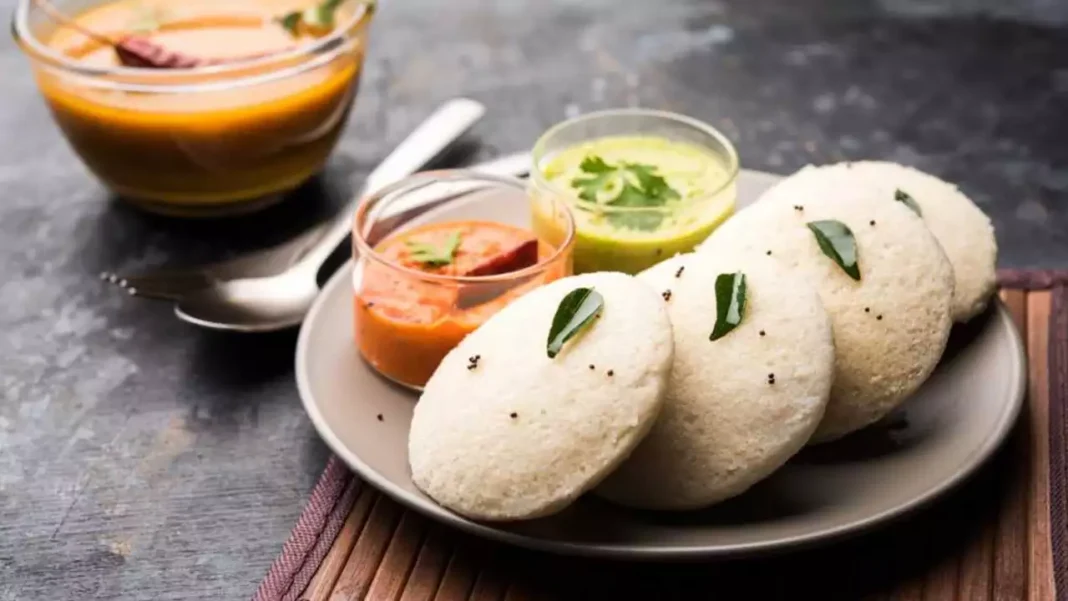According to scientists who have evaluated the “biodiversity footprints” of 151 popular dishes worldwide, India’s idli, chana masala, rajma, and chicken jalfrezi rank among the top 25 dishes contributing significantly to biodiversity loss.
The scientists have assigned the highest biodiversity footprint score to lechazo, a roast lamb recipe from Spain, followed by four beef or meat preparations from Brazil. Their calculations place the idli at rank six followed by rajma (kidney beans curry) ranked seven.
As anticipated, vegan and vegetarian dishes typically exhibited lower biodiversity footprints compared to those containing meat. However, the researchers noted it was unexpected to discover that dishes centered around rice and legumes as primary ingredients also displayed high biodiversity footprints.
Continue Exploring: Vegan and keto diets elicit innate and adaptive immune responses, altering gut microbiome: NIH Study
“The large impacts of legumes and rice in India was a surprise, but when you think about it, it makes sense,” remarked Luis Roman Carrasco, the lead researcher and associate professor of biological sciences at the National University of Singapore.
Carrasco and his team evaluated the biodiversity footprint of each of the 151 dishes by examining the probable impact of the ingredients in each dish on the diversity and habitat range of wild mammals, birds, and amphibians within the croplands where these ingredients are sourced.
According to the scientists, although taste, price, and health often dictate food choices, conducting studies that assign biodiversity impact scores to dishes could assist environmentally conscious individuals in customizing their dietary selections.
Published on Wednesday in the journal PLOS One, their study emerges amid growing apprehensions regarding biodiversity decline, predominantly propelled by habitat loss stemming from agricultural expansion. Previous research has approximated that food consumption by an average household contributes to 20% to 30% of its overall environmental impact.
“In our analysis, the biodiversity footprint represents the amount of species that have been at least partially impacted to produce that dish,” Carrasco said. “The biodiversity footprint gives us an idea of how many species we’re pushing closer to extinction by eating that dish.”
Multiple earlier studies have flagged the negative environmental impacts of non-vegetarian food based on livestock rearing. The large biodiversity footprints of rice and legumes may be explained by land conversion for agriculture.
India stands as a leading producer of legumes, including chickpeas and kidney beans, while also boasting a rich biodiversity with an estimated seven to eight percent of species. Legumes and rice are cultivated extensively in regions that historically served as biodiversity hotspots.
Among the top 25 dishes with the largest biodiversity footprints are several Brazilian meat dishes, a Korean meat and vegetable stew, as well as meat and pork dishes from Mexico. Additionally, chicken jalfrezi ranks 19th, dal 20th, and chana masala 22nd in the list.
In the study, French fries were designated with the lowest biodiversity footprint, occupying the 151st rank. Other dishes with minimal biodiversity footprints include baguettes, pureed tomato sauce, and popcorn. India’s aloo paratha held the 96th position, dosa the 103rd, while the bonda, a fried dish of mashed potato coated with chickpea paste, was placed at 109th.
Although rice and legume dishes received high scores, Carrasco noted that India has managed to coexist reasonably well with biodiversity, considering its large population. He emphasized that India’s significant proportion of vegetarians is beneficial for biodiversity conservation.
“If Indians were to shift to more meat consumption and production the impact on biodiversity would be much higher,” he said. “This study is a reminder that the pressures on biodiversity in India are very high.”
Continue Exploring: From Gochujang to Parmesan: Kerry unveils 2024 Taste Charts mapping culinary trends


